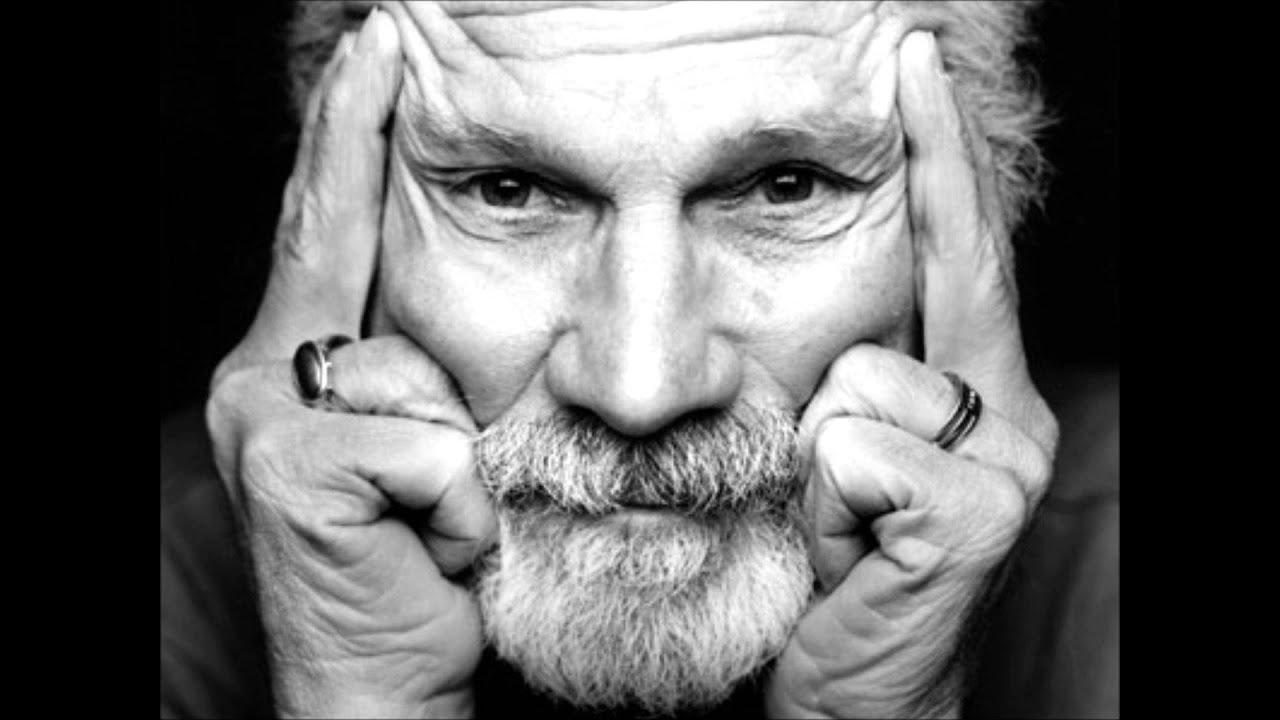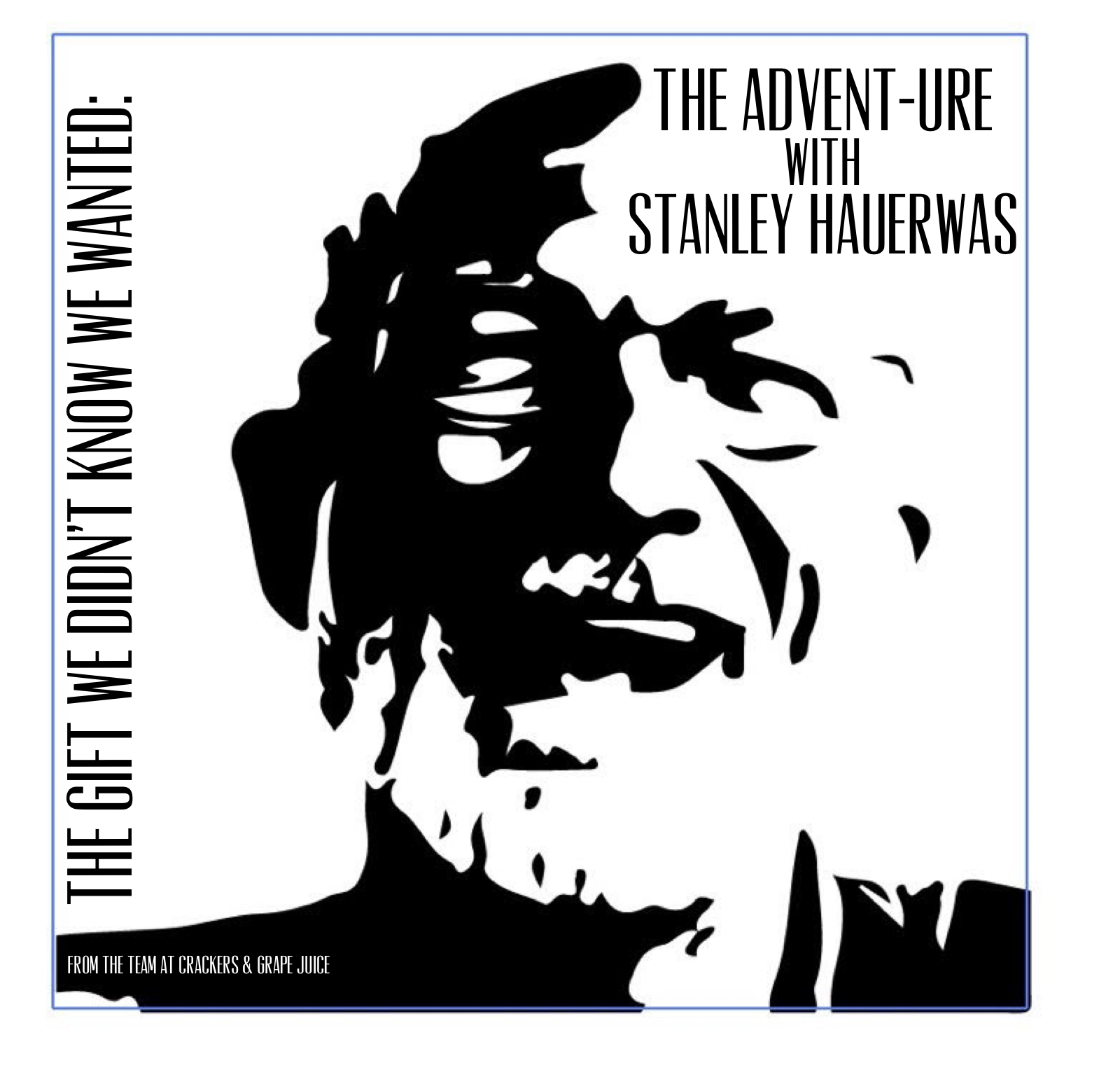

One of the treasures that E.O. Wilson bestowed on his undergraduates was the concept of the umwelt.
Umwelt: the world as a particular animal experiences it.
On a sensory level – visual acuity, hearing, smell – and the semiotics of what sensory stimuli signify in the instinctual context forged by genetics and learning.
As one of the world’s leading experts on social insects, he brought to life the world as a bee experiences it. Bees can sense the electric fields that surround a flower, that change depending on whether that flower has been recently visited by other bees, which pick up a positive charge colliding with particles in the air. The intersection of positive and negative charge pulls pollen into the air and cancels the polarity of the flower. As a National Geographic writer poetically described it, the bee flies towards the flower, but at close range, the flower flies towards the bee as well.
Bees perceive a different range of light frequencies than human beings do. There’s a large overlap – humans and bees both see blue and green. Bees can see colors that verge on red. They can see yellow, leaning into orange. But they have no photoreceptor for red. They couldn’t imagine red, even if they had the cognitive capacity to do so. Conversely, they can see ultraviolet. We can’t. But because ultraviolet is their equivalent of our red, they can also see a secondary color we can’t imagine: “bee’s purple,” a mixture of ultraviolet and yellow. We literally can’t imagine the sensory experience of “bee’s purple,” even though we have instruments to photograph in UV frequencies. We can simulate it. But we can’t experience it.
He projected images onto the massive science center auditorium screen, of flowers as we see them, and simulations of how bees see them. Where we see solid colors, they see patterns in ultraviolet and in their own colors.
https://matthew-d-smith.com/2011/11/29/the-world-is-as-you-see-it-2/
One thing I didn’t know at the time but recently discovered is that, in rare instances, people can see into the ultra-violet range:
“Usually, it’s after a lens injury or cataract surgery. This condition is called aphakia. People with aphakia see a “near” UV light. It is perceived as a whitish-blue or whitish-violet color. The French impressionist painter Claude Monet had this condition after cataract surgery. Before the surgery, his cataracts were so bad that his color range was limited to red and orange. After the surgery his paintings included deep purple and blue hues.”
When we imagine life in another umwelt – the childhood query about what animal would you choose to be – we project our consciousness onto another sensory realm and a different lifestyle. We don’t really imagine what it’s like to inhabit the mind of a different species, with all its affordances and constraints. We can’t imagine what it’s like not to have human language or mammalian neurology, any more than we can see “bee’s purple.” To “be” a dolphin or an otter or an eagle or a well-taken-care-of dog – all popular choices – is epistemologically impossible. All we can do is imagine what life would be like as a person in the skeleton, the meat-suit of a dolphin or an otter or an eagle or a dog. The incarnation is a paradox that falls in on itself.
So, what does it mean for God to take on the meat suit of a human being? It’s the same paradox, but on a monumental scale, because the umwelt of God is eternity.
It’s not just the sensory realm – all colors of light, all chemical signatures, electrical fields, magnetic fields, radio waves and physical phenomena. It’s time. That is the biggest difference between our consciousness and God’s consciousness. We exist inside time, on the beam from beginning to end. He exists outside of time, in every moment.
Even to say, “As it was in the beginning, and now, and shall ever be, world without end,” betrays our cognitive and perceptual limitations – but also our yearning to transcend them, our inkling that time is more dimensional than our linear chronology or the plane of memory and aspiration, calculation and dread, the ways we feebly attempt to project ourselves into the future.
Oddly, the closest we come to good analogies about temporal transcendence is in comic books: Dr. Manhattan in Watchmen exists in a quantum universe – he does not experience time from a linear perspective. Every moment that’s been, and will be, is always now. Which is tough for his love life – when your flame asks, “is this that argument you were talking about ten years ago, that we’re having now?” Or in Avengers: Endgame, in the climactic battle when Tony Stark asks Dr. Strange whether the future they’re in now is the one where they win, and Strange says to him, “If I tell you what happens, it won’t happen.” Strange has seen every permutation of the universe and knows the Thanos Snap is inevitable – half the souls in the universe will disperse into computer-generated coal ash. In fourteen million scenarios, there’s no way to reweave the past to achieve a different outcome. There’s only one permutation that unravels Thanos’ eco-motivated mass execution – his Green Dream, if you will – and if Tony Stark gets the Cliff’s Notes, it’s not going to happen. He can’t have foresight. He can only experience and act in linear time, as a creature of finite existence, driving towards an inescapable end. Because that’s what stories are.
You can’t have a story if the characters know everything in advance. If there’s no uncertainty, there’s nothing at stake. It’s a ritual, but it’s not a sacrifice. The only way that substitutionary atonement can be real is in linear time, in the fog of believing but not knowing, not seeing, in blindness. And for that, God has to be incarnate, in the meat suit, in blindness to eternity.
When Jesus cries, “My God, my God, why have you forsaken me,” that is not the fault line of his passion. That is the trigger – the proof of blindness that makes it real.
For Jesus, as a mortal, one who is susceptible to death, it is the end of time – it’s the end of his linear story, that is only possible if it occurs along the single track from the manger to a crown of thorns.
After he’s escaped the bonds of this umwelt, this straightjacket of linear time, the end of time means something different. It means eternity. Every moment in what we call the past, and what we call the future, and what we call the present even though we’re rarely actually present. As it was in the beginning, and is now, and shall ever be, world without end.
